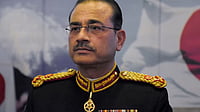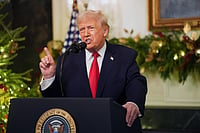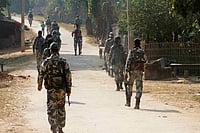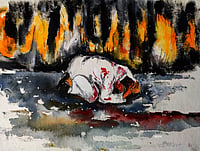- Find ways to limit procurement to PDS needs.
- To stimulate demand, free transit and have a unified market.
- Junk targeted PDS and increase private/NGO role, subsidise only backward regions.
At the heart of this lies the desire to please grain farmers with high prices. At this level, as the demand for grain falls short of supply, the government fills the gap by procurement. So, our policies priced grain to make them unaffordable. Through the nineties, procurement expanded as PDS contracted. Hence the mountain.
If the goal is to reach food to the hungry, the costly grain policies of today are as ineffective as the cheap grain policies of the past. The government will have to find ways to limit procurement to the needs of the public distribution system (PDS) and storage for emergency reserves. This requires accommodation by farm lobbies and, therefore, can only by resolved by the political system. However, conditions for a political deal exist. For, even from the point of view of grain farmers, high procurement prices are not indefinitely sustainable. Their interests are best served by policies that increase the demand for their products. One such measure is to create a unified national market for grain and other agricultural products by removing policy and administrative curbs on the movement and storage of agricultural produce among the states. Another would be to put in place an equitable and efficient system of food subsidies. Reform of the PDS should be on top of the agenda.
The targeted PDS subsidises only below-the poverty line households. However, these are difficult policies to implement because identification of such households is imperfect and subject to capture by vested interests. The government should consider a menu of options such as subsidising coarse cereals, greater subsidy in backward regions and food for work. The distribution of subsidised foodgrains tends to be inefficient because of the monopoly of state agencies. The case for involving the private sector and NGOs is strong.
(The writer is associate professor, Indian Statistical Institute.)






















